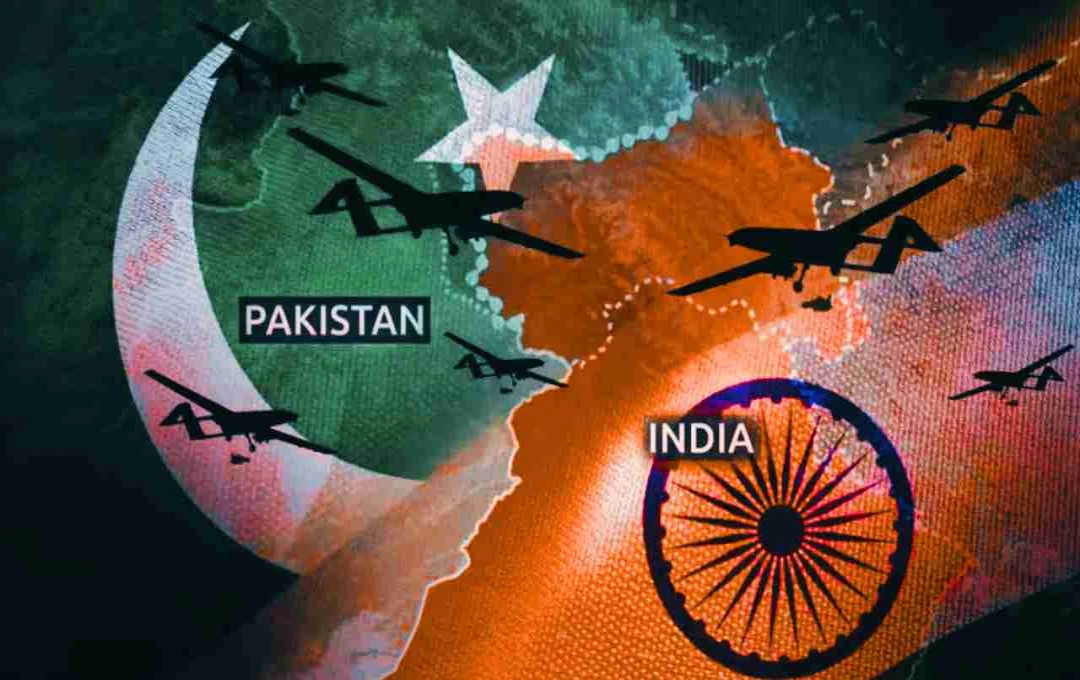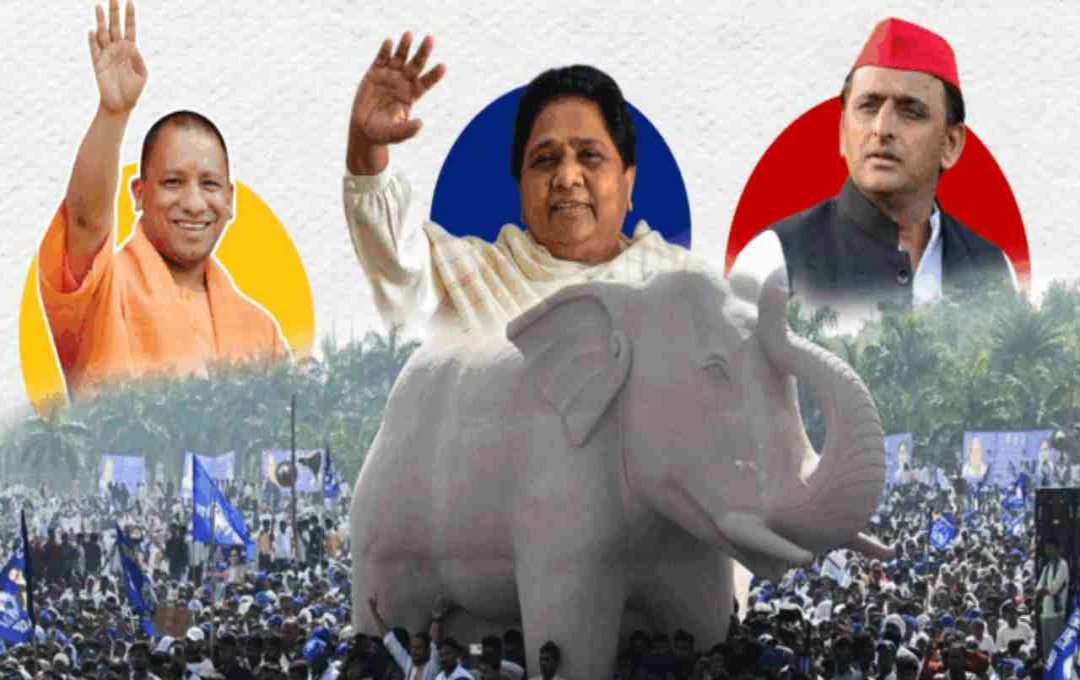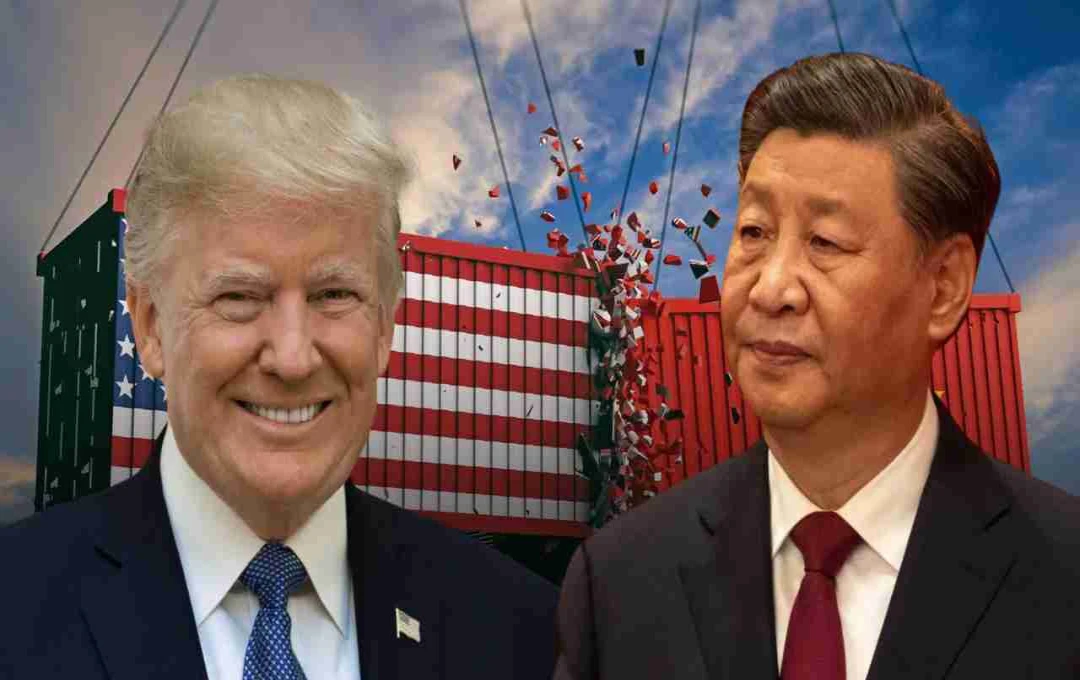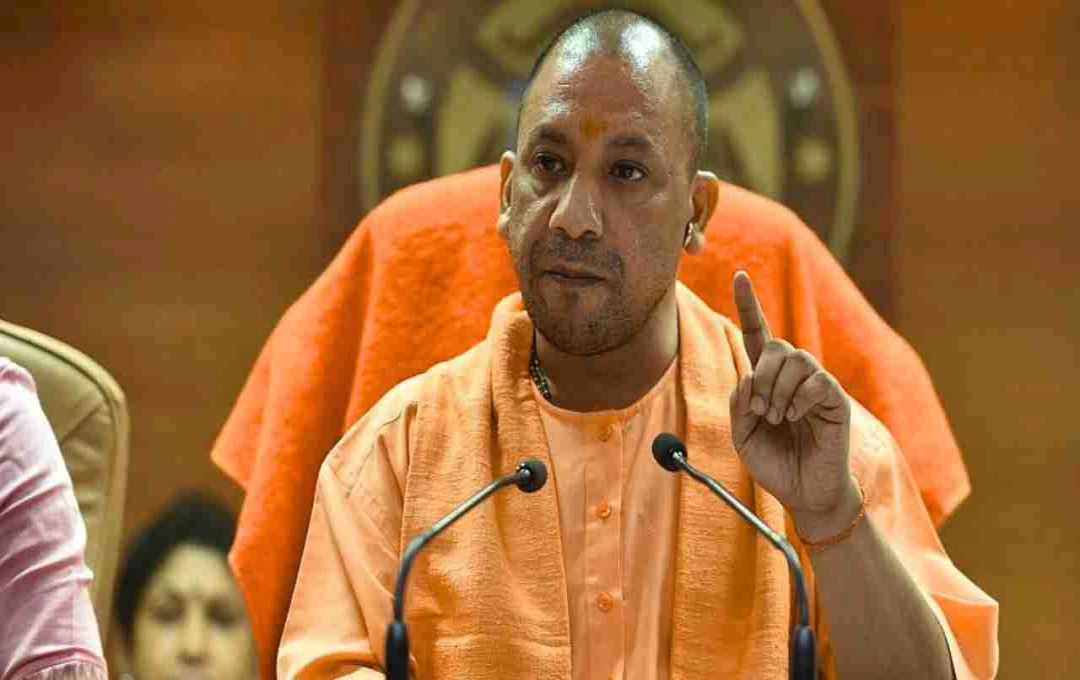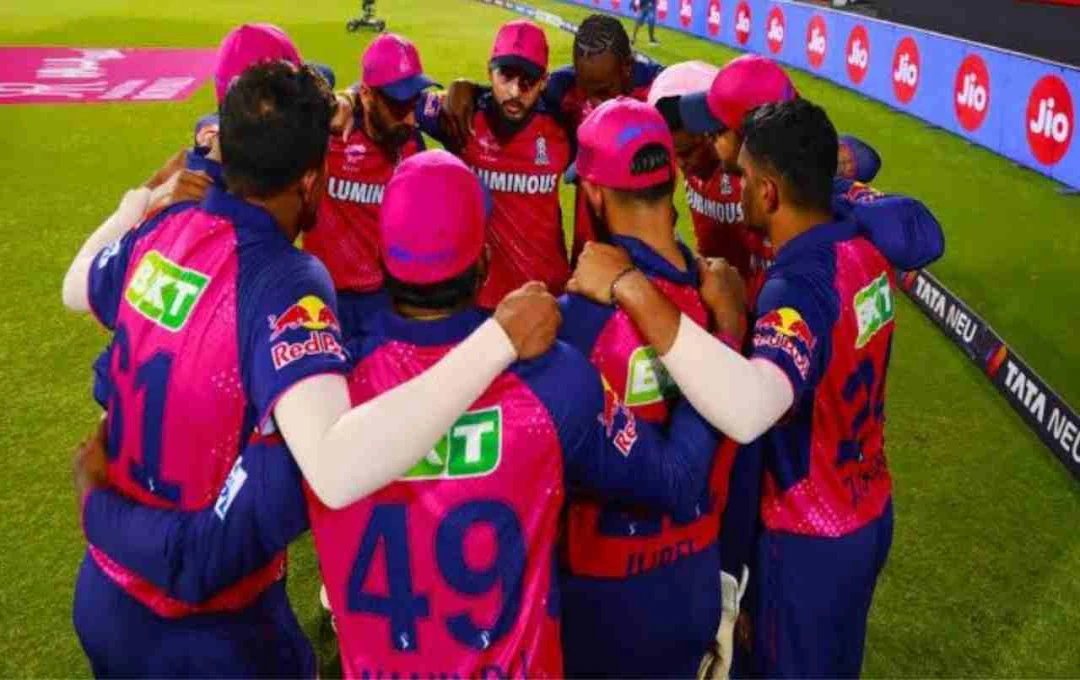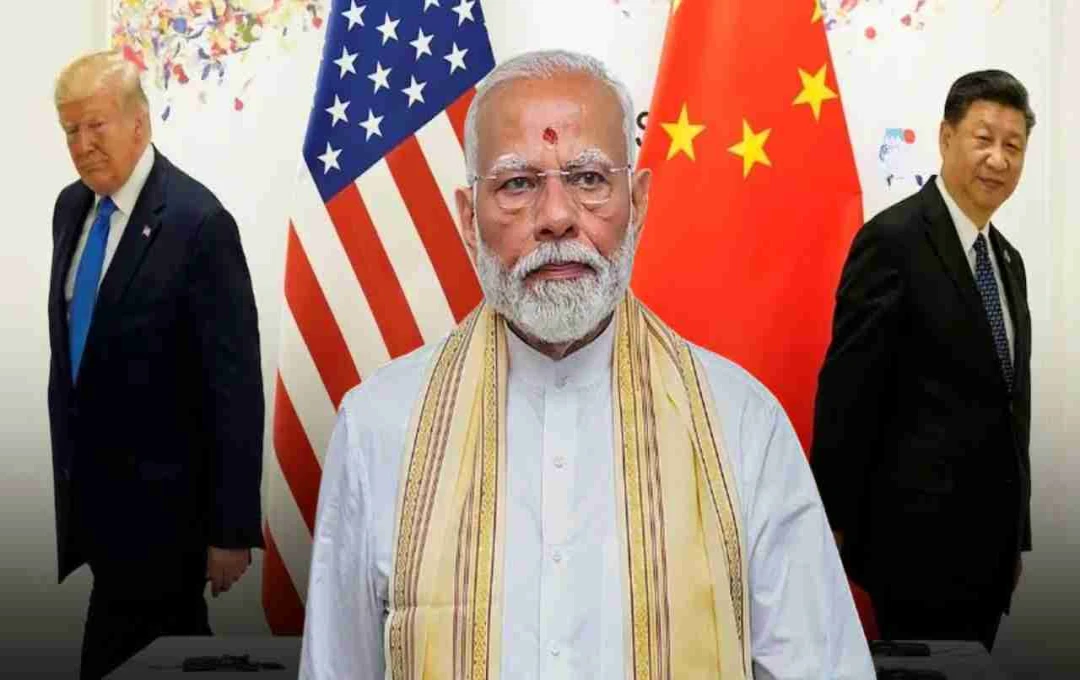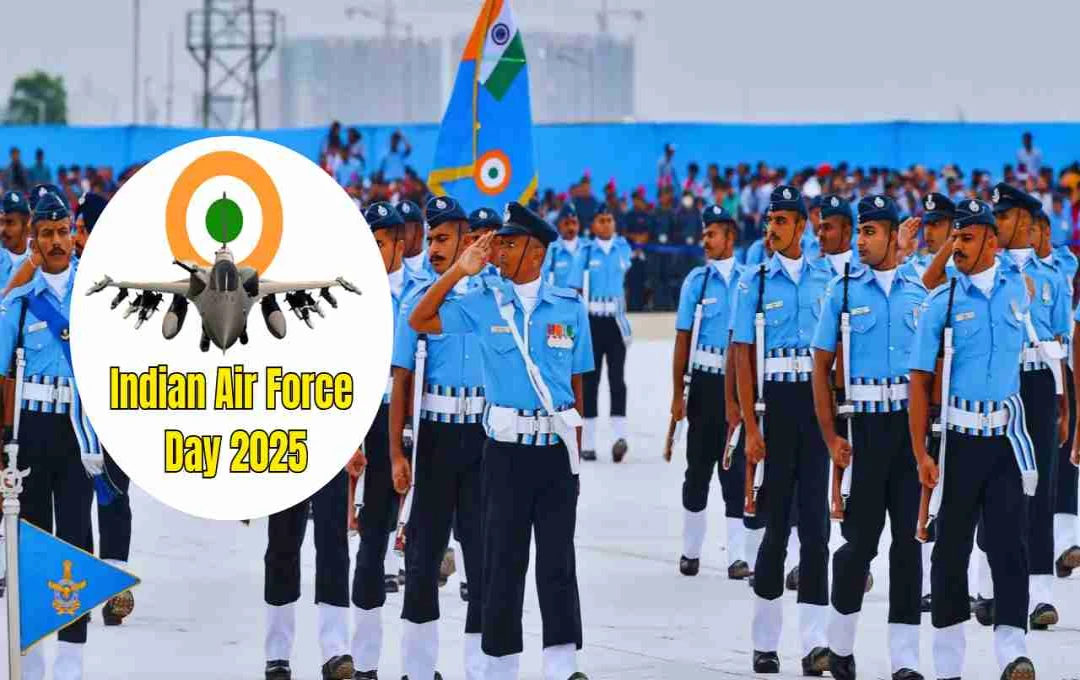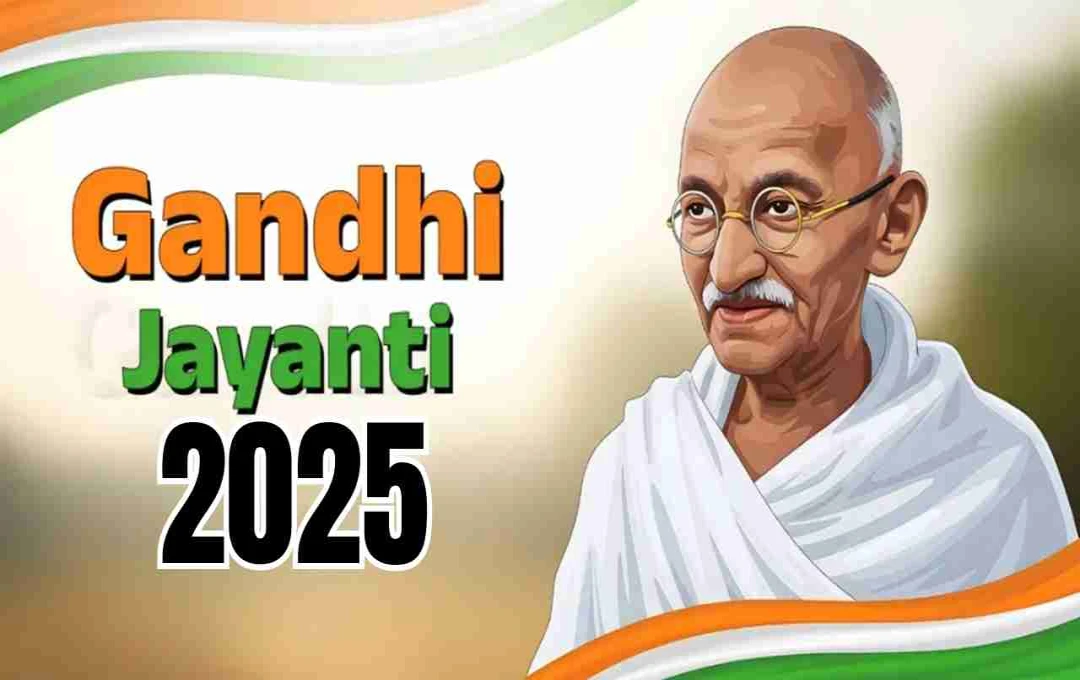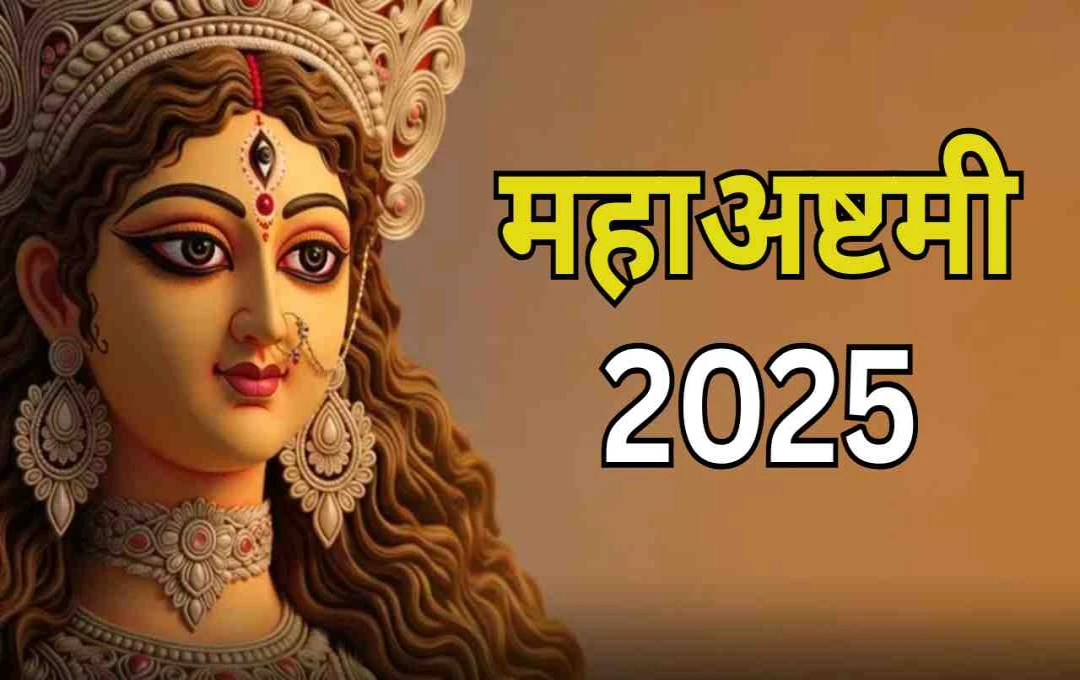Lieutenant General Rahul Singh revealed that China used Pakistan as a 'pawn' to test its military weapons during the India-Pakistan conflict in May.
Lieutenant General Rahul R. Singh, Deputy Chief of the Indian Army, has made a significant and shocking claim. He stated that during the four-day conflict between India and Pakistan in May, China used Pakistan as a pawn and turned the entire conflict into a live laboratory for its weapons. General Singh said that India was fighting not one, but three fronts simultaneously – against Pakistan, China, and the military partnership of Turkey.
China provided direct assistance to Pakistan
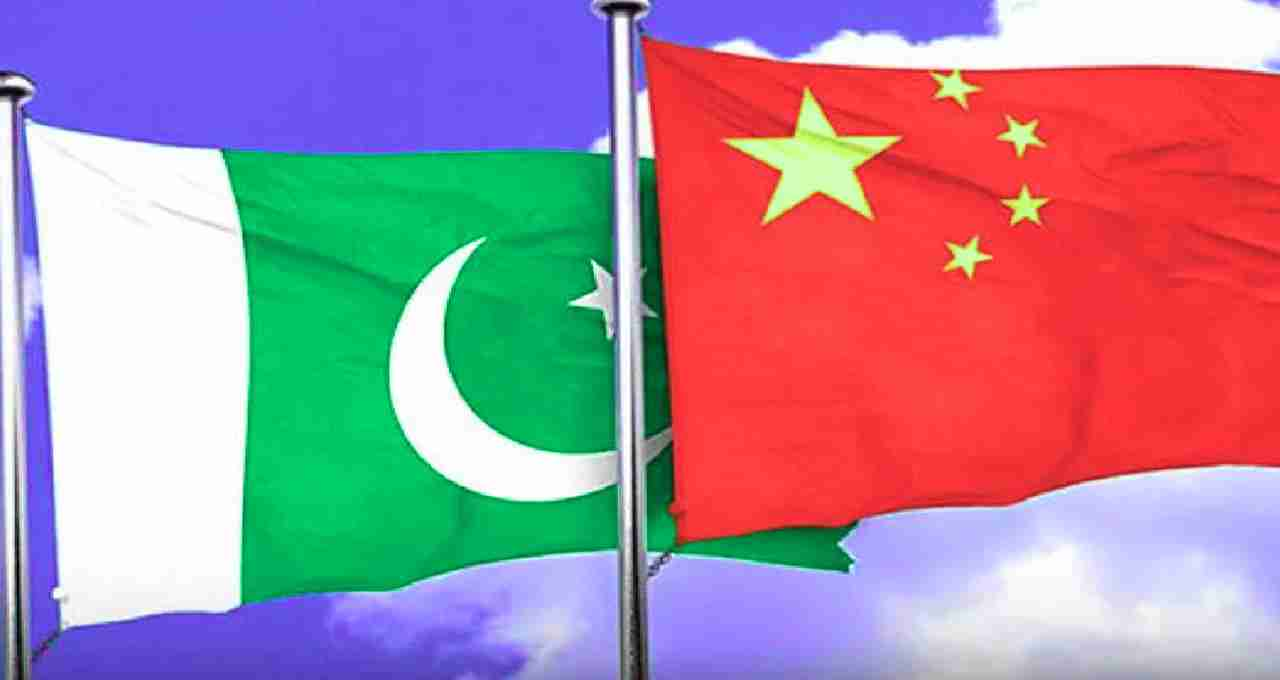
Speaking at a seminar on 'New Military Technology' organized by the Federation of Indian Chambers of Commerce and Industry (FICCI) in Delhi, Lieutenant General Rahul R. Singh said that the Pakistan army was receiving direct inputs from China during the conflict. He stated that during the DGMO-level talks, Pakistan was clearly indicating that it knew which Indian missile system was active and where it was deployed.
According to General Singh, this information could only have been possible if Pakistan was receiving surveillance inputs from Chinese satellites. This also makes it clear that China was not only supporting Pakistan but was also keeping an eye on India's military activities through its intelligence network and technology.
'Firing a gun from another's shoulder'
General Rahul Singh, while referring to China's traditional military strategy, said that China adopted the policy of "firing a gun from another's shoulder" during the entire conflict. This means that China targeted India through Pakistan without coming forward itself. He said that Pakistan was just a face, the real role was being played by China.
India was fighting from three directions simultaneously
According to General Singh, between May 7 and May 10, India fought not only with Pakistan, but simultaneously on three fronts. Along with Pakistan, the technical and intelligence partnership of China and Turkey had created a complex challenge for India.
He said that it was not just a limited conflict, but a planned attack in which a strategic and technical plan was made to weaken India.
India had a strategic response
Lieutenant General Singh said that India gave a b and accurate response in the conflict. He stated that in response to the terrorist attack in Pahalgam on April 22, India launched 'Operation Sindoor' on May 7. Under this operation, terrorist hideouts in Pakistan-occupied Kashmir were targeted. As a result, there were continuous clashes for four days.
The planning of this operation by India was based on a lot of data and intelligence. From setting the target to taking action, every aspect was worked upon meticulously.
Need to understand the importance of C4ISR
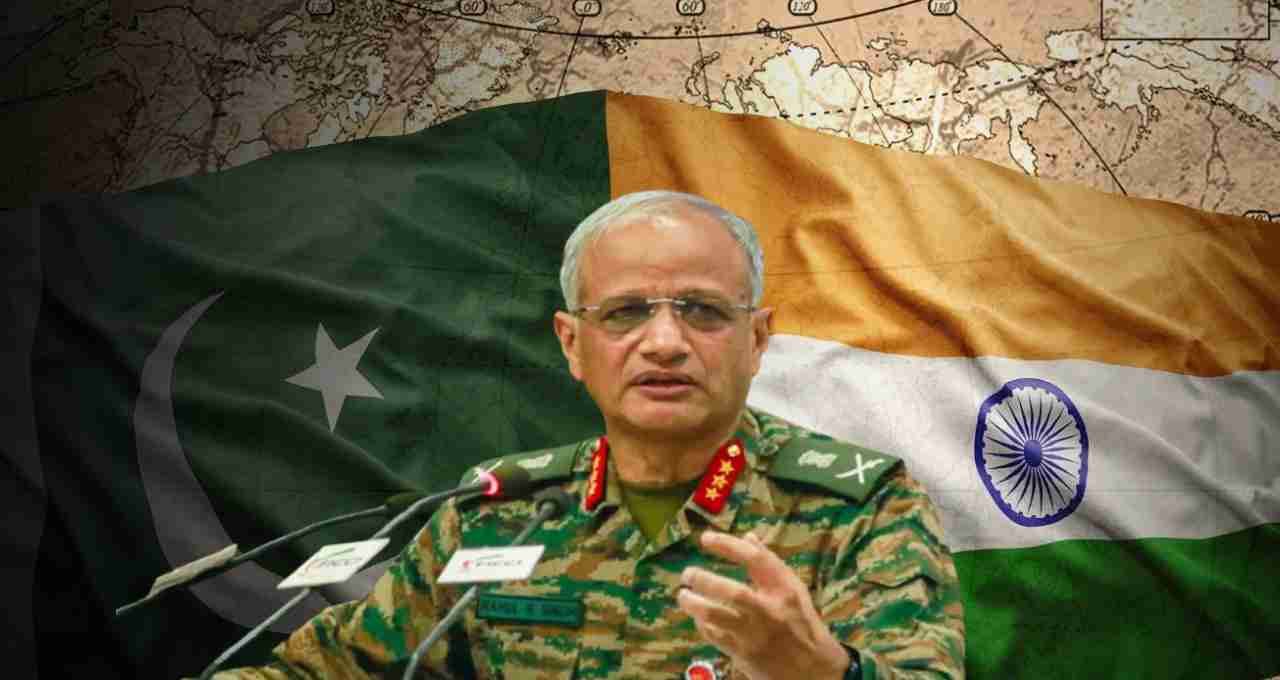
General Singh said that this entire conflict once again showed how important the role of Command, Control, Communication, Computers, Intelligence, Surveillance, and Reconnaissance, i.e., C4ISR, is. He said that India still has to do a lot of work in this area so that it can respond technically better in any conflict situation in the future.
China's eyes always on India
Lieutenant General Singh also said that China does not want to directly confront India from the north. Therefore, it wants to take action against India by putting Pakistan forward. This strategy of China is to cause damage to India without directly engaging it in war.
India showed a b military stance
General Singh said that a clear and strict strategic message was given by the Indian government and the army during this conflict. India made it clear that it would not tolerate terrorism, border violations, or technical infiltration.
Operation Sindoor created a stir
The action of Operation Sindoor was so effective that after this, Pakistan itself demanded DGMO-level talks and a ceasefire was agreed upon. The conflict ended on May 10, but India's strategy certainly indicated that it is capable of dealing with any situation.
